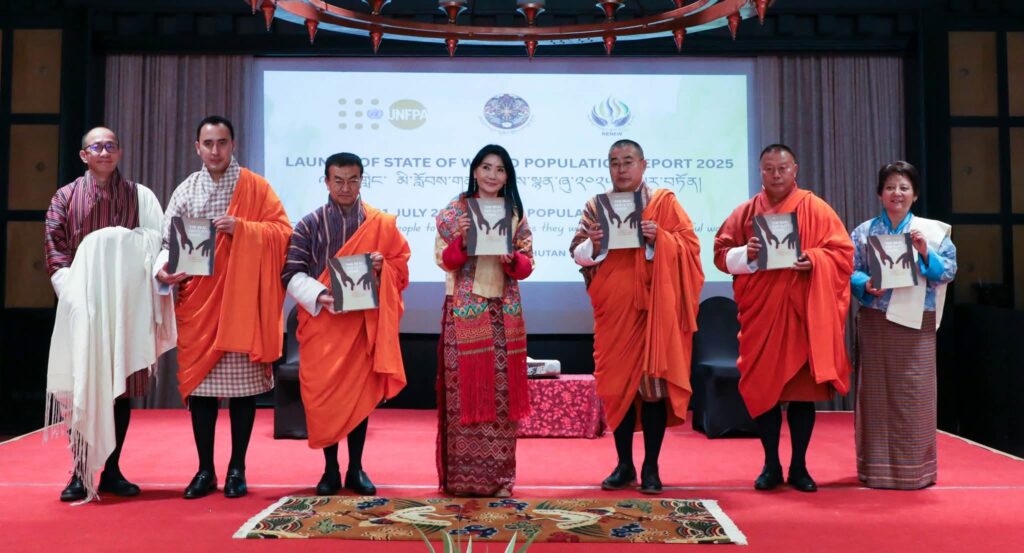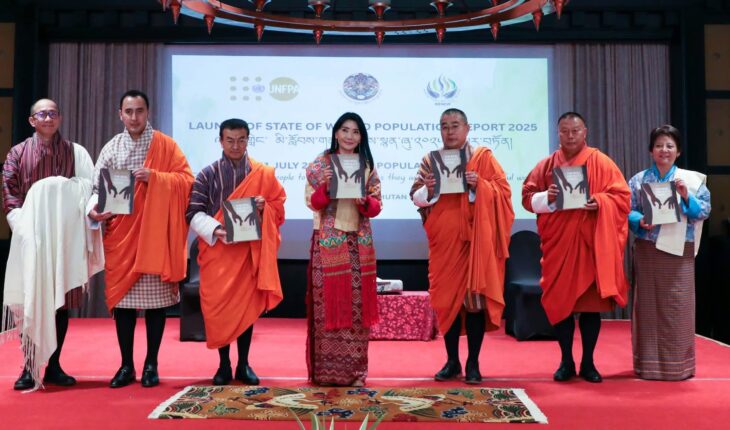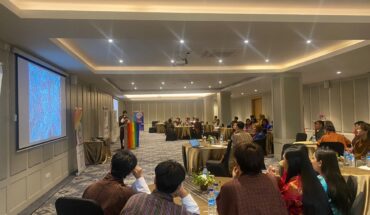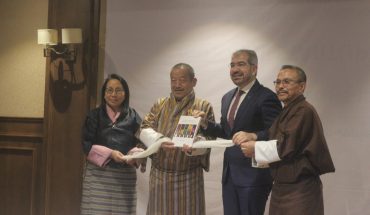
Millions Denied the Right to Build Their Families Amid Fertility Collapse
TIL BDR GHALEY
Thimphu
Southeast Asia stands at a demographic crossroads, confronting a fertility crisis that goes beyond population numbers and centers on individual autonomy and unmet reproductive aspirations.
The United Nations Population Fund’s (UNFPA) State of World Population 2025 report states that the real crisis is the persistent inability of millions to achieve their reproductive goals and exercise their rights.
“Millions and millions of people still cannot exercise their reproductive rights and choices,” said Dr. Natalia Kanem, Executive Director of UNFPA. “This inability of individuals to realize their desired fertility goals is the real fertility crisis not overpopulation or underpopulation.”
Globally, fertility rates have declined from an average of five children per woman in 1950 to 2.25 in 2024. The narrative has shifted from concerns about overpopulation to fears of demographic decline in aging societies.
Southeast Asia faces both challenges, with some countries experiencing population decline and others still grappling with high fertility in specific communities.
The UNFPA-YouGov survey conducted across 14 countries found that nearly one in five adults globally believe they will not be able to have the number of children they desire.
Financial hardship, housing costs, job insecurity, and health issues were cited as major reasons for the gap between aspiration and reality.
In India, fertility rates have dropped significantly. The average Indian woman now has about two children, a decline from nearly six in 1960.
Bhutan reflects similar regional trends. Its fertility rate decreased from 5.6 in 1985 to 1.8 in 2022, well below the replacement level of 2.1. Policymakers in Bhutan have expressed concerns about potential workforce shortages and the demands of an aging population.
To address this, the Royal Government of Bhutan has implemented several incentives. These include Nu 10,000 per month for the third child and beyond for up to three years, increased stipends for school-going children, tax relief for families with children with disabilities, and exemptions from selected taxes.
The government has also improved maternity leave, promoted maternal healthcare, and introduced social protection policies. According to the report, more alignment is needed between these measures and the actual reproductive aspirations of families.
“People are unable to achieve their desired family size, not because they are rejecting parenthood, but because economic and social barriers stand in their way,” said Phuntsho Wangyel, Head of Office, UNFPA Bhutan.
According to UNFPA, 39 percent of people globally identified financial constraints as the main limitation on family size, while 21 percent cited unemployment or job insecurity.
“Fertility rates aren’t falling because people have stopped valuing family. They’re falling because many feel they cannot afford to start or grow a family due to economic and social barriers,” said Bhutan’s Health Minister Tandin Wangchuk.
The UNFPA report advocates a shift from controlling fertility rates to supporting reproductive agency, defined as the ability to make informed and voluntary choices about reproduction without coercion or constraint.
“It is a crisis rooted in environments and policy choices that are misaligned with the desires of individuals,” the report states. “The solution requires a fundamentally different approach: to greatly increase global investments in advancing reproductive autonomy.”
In Southeast Asia, where countries like Thailand (1.3), Vietnam (1.8), and Singapore (1.0) have fertility rates below replacement level, governments have introduced pronatalist policies to encourage childbearing.
However, the report cautions that such measures often yield limited long-term results.
“Most efforts to boost fertility rates seem to have little long-term impact, and could even backfire,” said demographer Vladimíra Kantorová, a contributor to the report.
The report also revisits the consequences of past coercive population control measures. In Vietnam, families exceeding the child limit faced penalties. In China, the one-child policy resulted in unregistered children and long-term demographic challenges.
“Coercive programmes not only violate human rights, but the degree to which they impact fertility in the long term has also been questioned,” the report states.
The report also warns against abrupt policy shifts that may lead to public backlash.
In South Korea, a government-issued “birth map” identifying the residences of women of reproductive age was criticized for targeting and shaming women. Italy’s “Fertility Day” campaign faced similar criticism for failing to address the structural factors affecting reproductive choices.
“Even arguably benign efforts can produce counterproductive results,” the report said.
On July 11, 2025, Her Majesty Gyalyum Sangay Choden Wangchuck, UNFPA Goodwill Ambassador, launched the State of World Population 2025 report in Thimphu.
The event, jointly organized by the Royal Government of Bhutan, RENEW, and UNFPA, highlighted reproductive rights and demographic transitions.
The launch featured youth performances and expert discussions on aging, migration, and fertility policy.
“The issue is lack of choice, not desire, with major consequences for individuals and societies. The solution lies in providing paid family leave, affordable fertility care, and supportive policies,” said Dr. Kanem.
UNFPA Regional Director Pio Smith said, “Many people are being forced into parenthood or shut out of it by factors beyond their control. Systems are failing people, not the other way around.”
The State of World Population 2025 report calls on governments to center reproductive agency in demographic and development planning.
As Bhutan and Southeast Asia address population challenges, the report emphasizes the need for policy frameworks that support individual reproductive choices.
“We must ask what people want and need—not as an afterthought, but as the first and most important inquiry,” said Dr. Kanem. “Let’s create the circumstances where people who deeply want to experience the joys and rewards of parenting can meet their fertility goals.”
As Southeast Asia moves through the demographic realities of the 21st century, the UNFPA report underscores that the path forward lies not in controlling numbers, but in enabling people to make empowered reproductive decisions.





